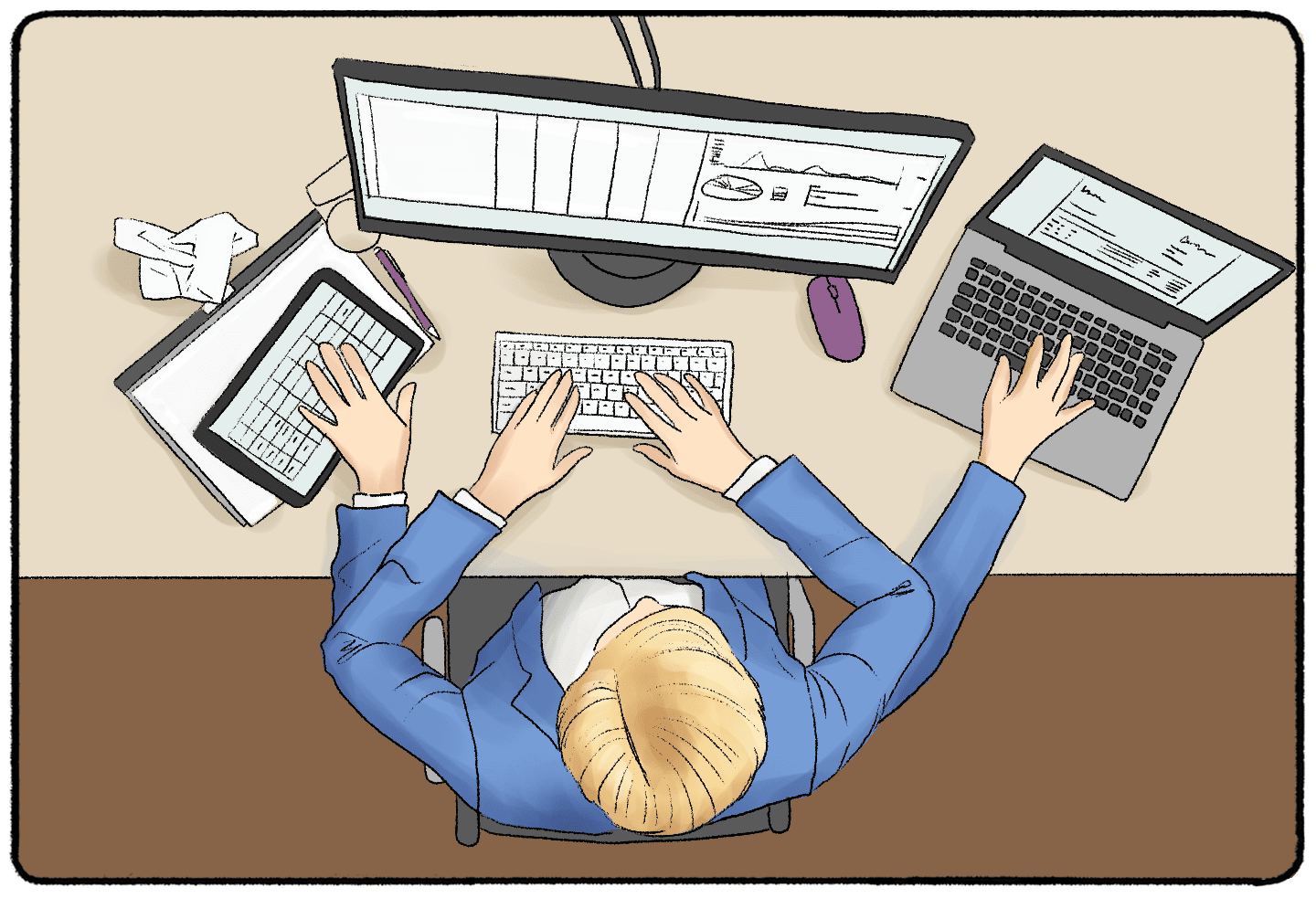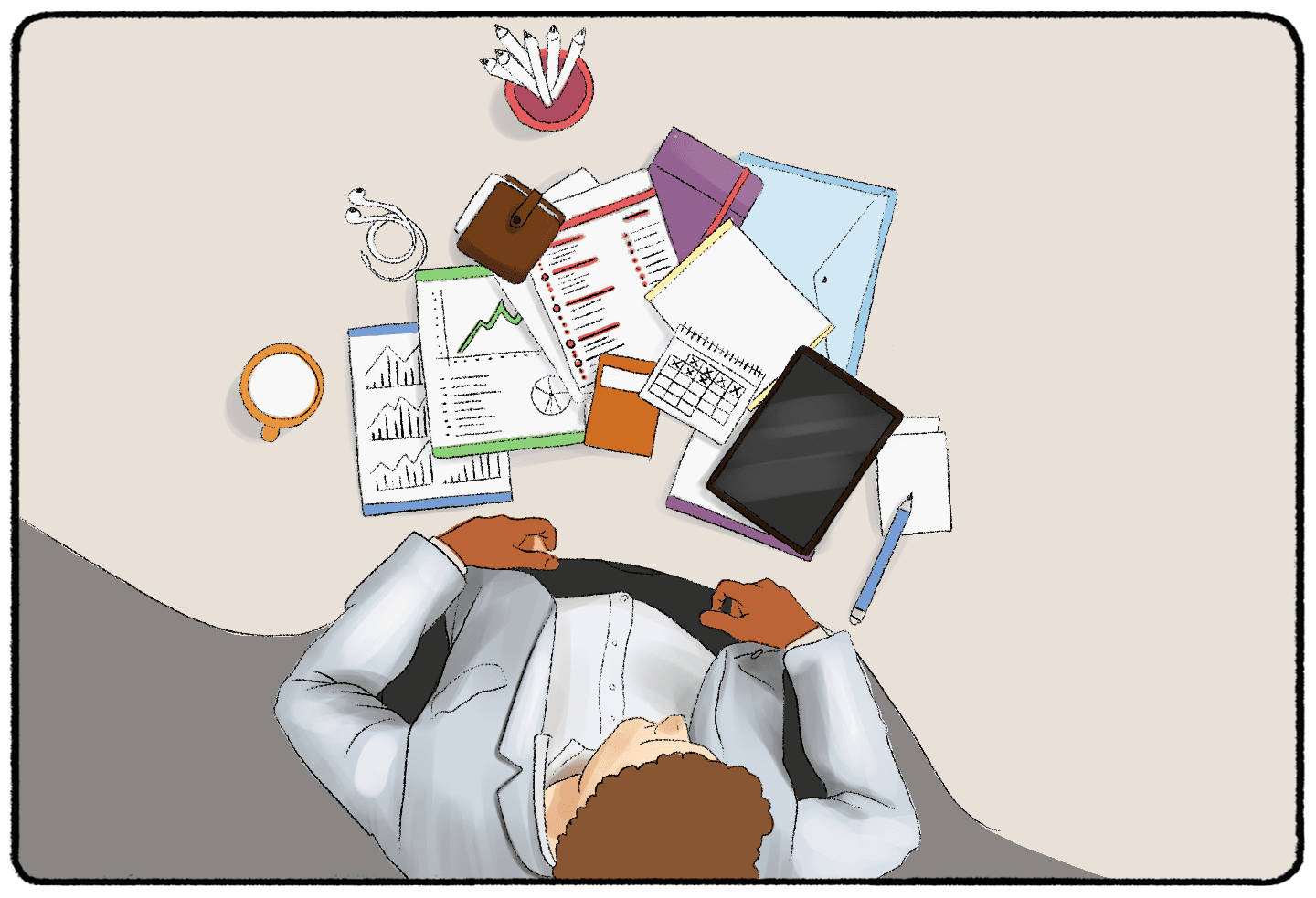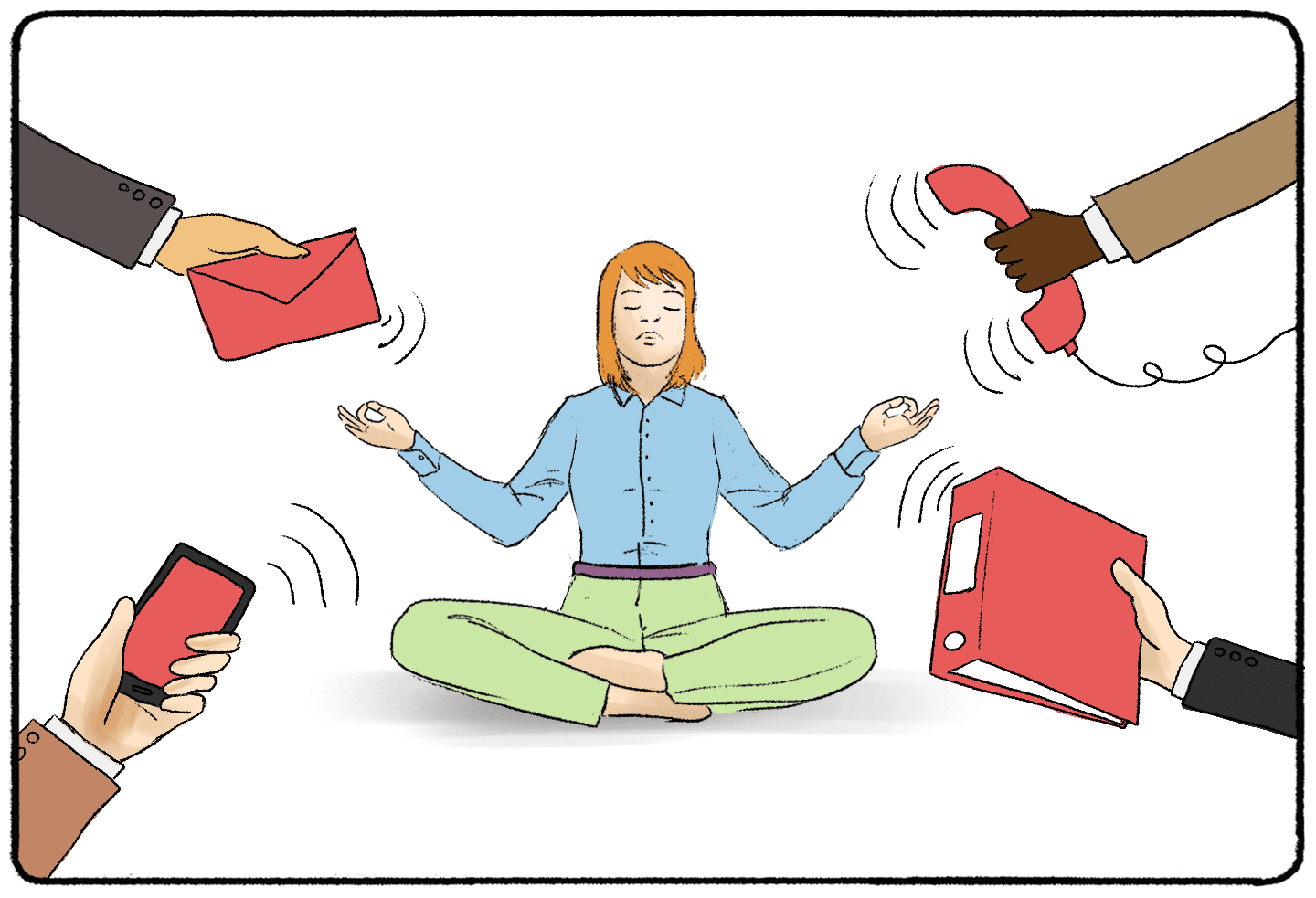What are you doing right now? Sure, you’re reading this page. But are you also eating? Texting a friend? Driving? Painting your nails? Put down everything that isn’t the device you are watching this video on because, guess what?
Multitasking is a myth.

Is Multitasking Good or Bad?
While you might have been encouraged to multitask as a student, it can impede your ability to get each task done and learn new information in the process. When you set aside time to focus on only one task, you are more likely to complete each task faster.
Multitasking and Switching Costs
Why? Your brain has to “switch” its focus onto each task every time you go back and forth. This process takes time, and that time is something that psychologists call “switching costs.” You have to “pay” for the time it takes to switch from, say, driving to texting and then back to driving.
Our "payment" may also be the information itself. This meme from Reddit says it all: when we multitask, we are more likely to forget or ignore information.
Studies show that the more differences between the two tasks, the higher the “switching costs.” The more complexities in the two tasks, the higher the “switching costs.” If you only focused on one task at a time, you wouldn’t have to switch, and you could easily get into the “flow” of your task. So exit out of those tabs and put down the phone!
Examples of Multitasking Studies
Here’s what the American Psychological Association has to say about multitasking:
“[A]lthough switch costs may be relatively small, sometimes just a few tenths of a second per switch, they can add up to large amounts when people switch repeatedly back and forth between tasks. Thus, multitasking may seem efficient on the surface but may actually take more time in the end and involve more error. Meyer has said that even brief mental blocks created by shifting between tasks can cost as much as 40 percent of someone’s productive time.”
That’s right. The studies that have looked at multitasking have not produced results that support the idea that you can complete two tasks at once (or two tasks in rapid succession) in a more timely manner.

Is Multitasking Possible?
Psychologists who have looked at multitasking believe that only 2.5% of the population can successfully multitask. The rest should stick to focusing on one task at a time. Even then, they probably are "multi-focusing."
Multitasking can create bad habits and hurt your ability to learn and process information. Think about the selective attention theory. When the brain receives stimuli, it has to decide whether or not it is going to focus on those stimuli. When you train your brain to hop between tasks with wildly different stimuli, you are making it harder for the brain to choose a focus for a long period confidently.
You also make it harder for your brain to learn (aka remember) the information that you are processing and to apply that knowledge to other situations.
University of Texas-Austin Study
In 2006, a psychologist named Russell Poldrack at the University of Texas-Austin performed a study to assess our ability to learn while multitasking. While initial results appeared to show that both groups learned the information, brain scans showed otherwise. In the study, Poldrack says that “even if distraction does not decrease the overall level of learning, it can result in the acquisition of knowledge that can be applied less flexibly in new situations.”
This could mean you remember a fact about a president but may have a harder time recalling and putting it into context when discussing other elements of that president’s life.
Multitasking vs. Mindfulness
Science shows that multitasking can reduce your ability to store information long-term and apply it to different contexts. Further research shows that you can undo the negative effects of multitasking with mindfulness.
Mindfulness is essentially the opposite of multitasking. Instead of trying to drive, eat, apply makeup, and text simultaneously, you remain very focused on what you are doing in the present moment. You quiet your thoughts to the point where you are not even thinking of doing another task. You are simply living in the present and bringing all of your awareness to the task (or exercise) at hand.
Some of the ways you can practice mindfulness are by meditating, practicing yoga, or simply focusing on one task at a time.

Benefits of Mindfulness
Recent studies on mindfulness seem to show that they have the opposite effect on the brain as multitasking. For example, a 2010 study on military members showed that meditation increased working memory capacity. A 2009 study revealed that “mindfulness meditation practice and self-reported mindfulness were correlated directly with cognitive flexibility and attentional functioning.” These studies pertain to the ability to learn and process information. Mindfulness practices can also reduce stress and assist people in living a happier life.
So let’s face it. Multitasking is extremely tempting, and in a world of smartphones and other technological devices, it’s very easy to do. But if you want to strengthen your brain and get tasks done faster, it’s time to focus. Build your schedule around completing one task at a time, not trying to get everything on your to-do list done at once.
